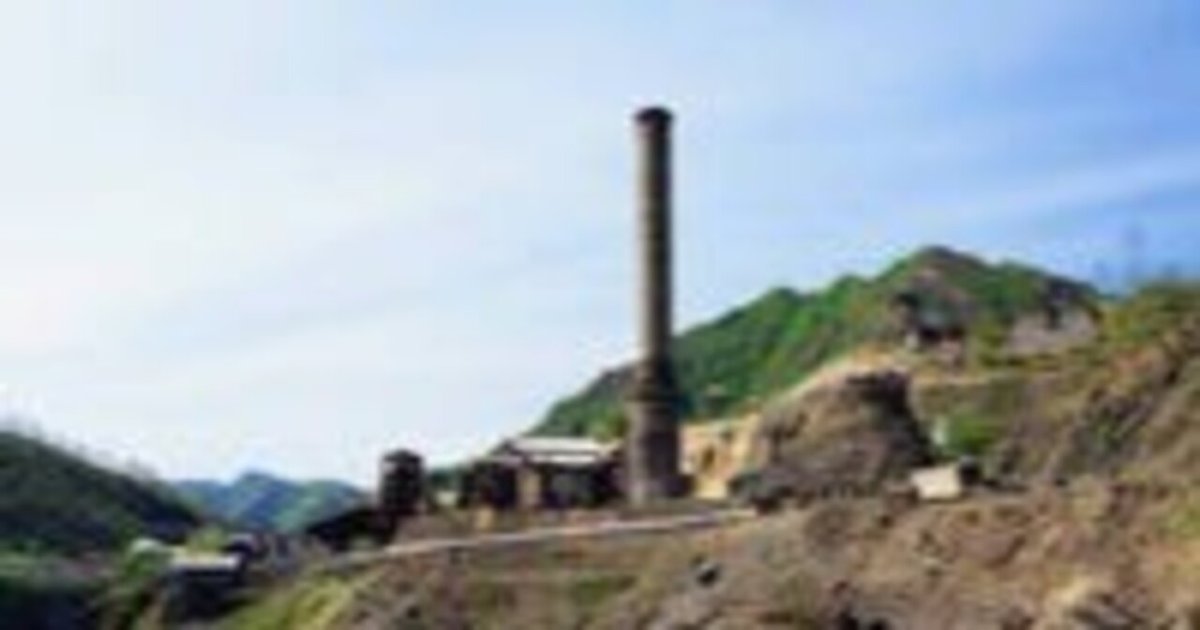
田中正造伝記34(日本語と英語)
第5章 足尾銅山と渡良瀬川
足尾銅山の歴史は古く、16世紀後半には採掘が行われていました。
場所は現在の栃木県佐野市。
その後、江戸時代になると幕府の直轄地となり、銅山奉行が置かれました。(他に愛媛にあった別子銅山、茨城にあった日立銅山を含めて、日本三大銅山と呼ぶ事もあります。)
さて、明治時代にはいると、これら幕府直轄鉱山の採掘事業は、後に財閥となる豪商に引き継がれていきました。
足尾銅山は、古河財閥の祖である古河市兵衛に買い取られ、古河により銅の産出量を飛躍的に上げていきました。
そして、その銅生産で上げた利益を政治家や閣僚に献金する事で、政府の後ろ楯を得る事にも成功しました。
一方、佐野平野はまた日本有数の米所であり、足尾銅山を水源とした渡良瀬川が、農業生産を支えていました。この事が悲劇をもたらす事になりました。
Chapter 5Ashio Cooper Mine and Watarase River
Asio Copper Mine has a long history, with mining taking place as early as the late 16th century.
The location is in present-day Sano City, Tochigi Prefecture.
Later, in the Edo period (1603-1867),the area came under the direct control of the shogunate, and a copper mine magistrate was appointed.
(The Besshi Copper Mine in Ehime and the Hitachi Mine in Ibaraki are sometimes referred to as Japan's three largest copper mines.)
In the Meiji Era, mining operations under the direct control of the shogunate were taken over by wealthy merchants who later became ”Zaibatsu".
Ashio Copper Mine was perchased by Ichibei Furukawa , the founder of the ”Furukawa Zaibatsu", and copper output was dramatically increased by Furukawa.
He also succeeded in gaining the backing of the government by donating the profit form his copper production to politicians and ministers.
On the other hand, the Sano Plain was also one of the leading rice-producing areas in Japan, and the Watarase River, fed by the Ashio Copper Mine,supported agricultural production.
This led to a tragedy.
この記事が気に入ったらサポートをしてみませんか?
